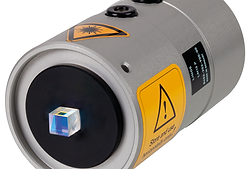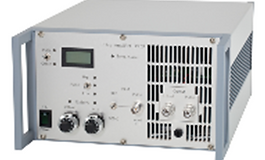Electro-Optic Modulator (EOM)
EOM stands for Electro-Optic Modulator in photonics and laser systems. An Electro-Optic Modulator is a device that uses an electric field to modulate the phase, frequency, amplitude, or polarization of a laser beam.
Free-space vs. Fiber-coupled: Depending on your beam delivery—lab setups may use free-space, while integrated systems often go with fiber-coupled EOMs.
The type of EOM (Electro-Optic Modulator) includes:
Phase Modulator (PM)
-
Function: Modulates the phase of the laser beam.
-
Use case: Frequency comb generation, interferometry, pulse shaping.
-
Common materials: Lithium niobate (LiNbO₃), KTP, BBO.
Amplitude Modulator (AM)
-
Function: Modulates the intensity (amplitude) of the laser.
-
Use case: Optical switching, Q-switching, pulse picking.
-
Often built as: Mach-Zehnder interferometer using phase modulators in both arms.
Polarization Modulator
-
Function: Changes the polarization state of the light.
-
Use case: Polarization control, quantum optics.
-
Typically used with: Polarizers or polarizing beam splitters.
Frequency Modulator
-
Function: Shifts the optical frequency by modulating phase over time.
-
Use case: Laser frequency stabilization, high-speed communication.
EOMs applications:
-
Ultrafast laser pulse shaping
-
High-speed optical communication
-
Quantum optics and computing
-
Laser frequency stabilization


© 2021 Insight Scientific